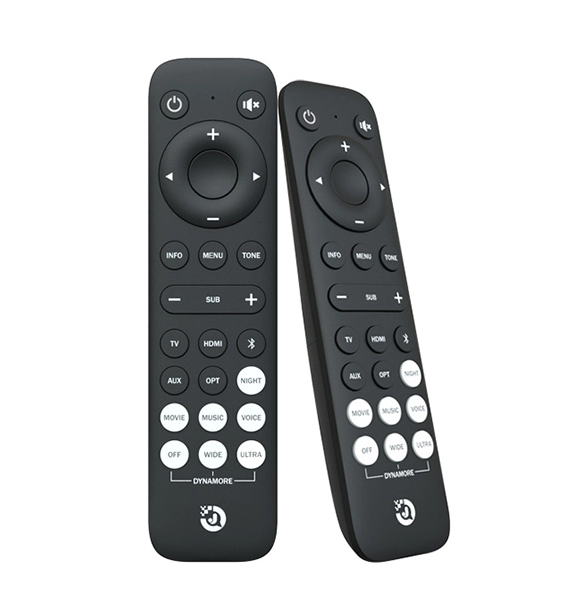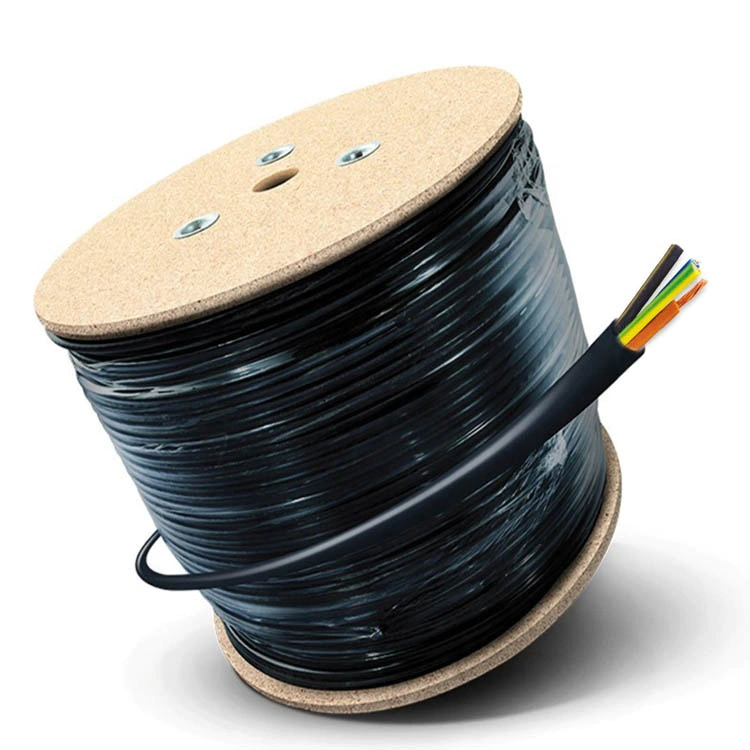When it comes to choosing the right cable for electrical applications, the debate between copper and aluminum conductors has long been a topic of discussion. Both materials have their own set of advantages and disadvantages, making it crucial to understand the key differences to make an informed decision. In this article, we will delve into the intricacies of copper and aluminum cables to determine which conductor reigns supreme in various scenarios.
- Conductivity:
Copper is renowned for its superior conductivity compared to aluminum. This means that copper cables can carry electrical current more efficiently, resulting in lower energy losses and better overall performance. In applications where high conductivity is paramount, such as in power transmission lines or high-power electrical systems, copper cables are often the preferred choice. - Cost-effectiveness:
While copper boasts excellent conductivity, it comes at a higher price point compared to aluminum. Aluminum cables are more cost-effective, making them a popular choice for projects where budget constraints are a concern. However, it is essential to consider the long-term implications of using aluminum cables, as their lower conductivity may lead to increased energy consumption over time. - Weight and Flexibility:
Aluminum cables are lighter in weight than copper cables, making them easier to handle and install. This characteristic is particularly advantageous in applications where weight restrictions or ease of installation are crucial factors. On the other hand, copper cables are more flexible and durable, making them suitable for environments where frequent bending or movement is expected. - Corrosion Resistance:
Copper is inherently resistant to corrosion, ensuring longevity and reliability in various environments. In contrast, aluminum is more susceptible to corrosion, especially in high-moisture or acidic conditions. Proper insulation and protective coatings can mitigate this issue, but it is essential to consider the environmental factors when selecting the appropriate cable material.
Conclusion:
In conclusion, the choice between copper and aluminum cables ultimately depends on the specific requirements of the electrical application. While copper offers superior conductivity and durability, aluminum provides a cost-effective alternative with lightweight properties. By weighing the advantages and disadvantages of each material, you can make an informed decision that aligns with your project needs. Whether you prioritize performance, cost-effectiveness, or ease of installation, selecting the right cable material is crucial for ensuring the efficiency and reliability of your electrical system.









+ There are no comments
Add yours